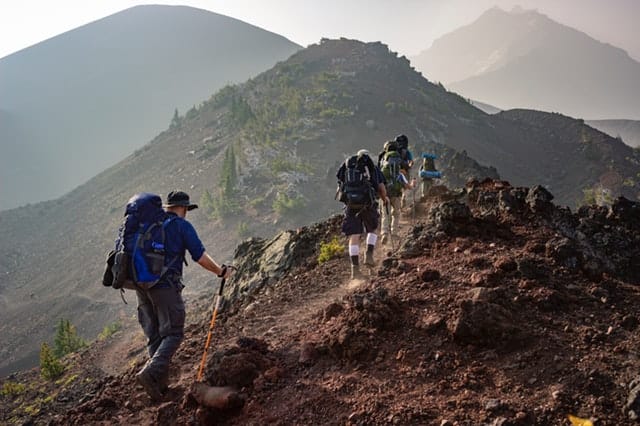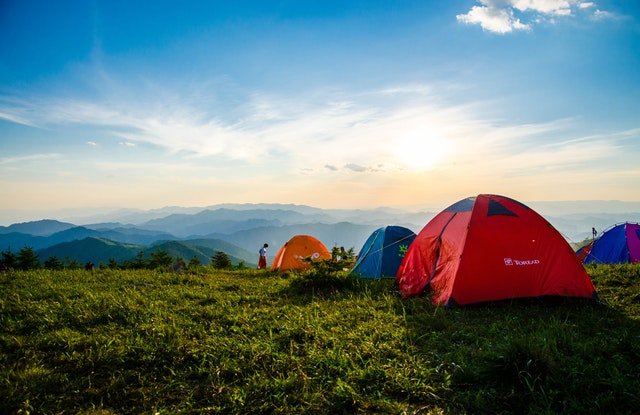Camping has always been a popular way to take a trip. It can be done in many ways, from a family excursion with all the associated things you need to keep everyone, including children, happy to a solo trek going hiking and climbing in rough and remote terrain. But no matter what form of camping you are getting involved in, you need an essential kit for everyone.
Tent
Well, you need somewhere to sleep. So no matter what happens, a tent is an essential part of the trip. So firstly it needs to be waterproof, and windproof. So although you can indeed pick up a cheap pop-up tent for a few dollars, it’s likely that it won’t be up to the task. If you take the family, you can get large tents with several rooms and even a living area.
Sleeping Bag & Mattress
Next up, you are going to need something to sleep in. So a sleeping bag is the first thing to consider. Sleeping bags are rated in two ways, by seasons, as in a four-season suitcase that will be suitable for spring, summer, autumn, and winter. They are also given a temperature rating, this is done via two values, a comfort value and a survival value, so the first temp, if it is 6 degrees, you should be nice and comfortable at that level and then if it has a survival rating of -2 degrees you will survive, but it wouldn’t be fun. Also, you will need a sleeping mat or a camping mattress as well.
Transport

You may be hiking, and in that case, you are your transport. But if you are driving, you need to consider how to transport everything. Often the more space, the better, but there will always be decisions to be made, so try and keep everything to essentially what is useful. You can even think about converting an old vehicle to turn it into a camping van; check out parkedinparadise.com for some great info and guides on how to achieve this.
Cooking Equipment
Hungry? Of course, you are! So we’re going to need cooking equipment. Camping stoves come in various sizes, from a small single burner to a double burner with grill and even bigger barbecues, etc. You also will want to consider camp cookware rather than traditional pots, pans, and plates, as the size and weight of the camping versions are designed to be as small and light as possible.
Camp Furniture
You will want to sit down and relax, so there is a whole range of camping furniture available these days. You can get everything from ordinary camp chairs to full inflatable sofas, armchairs and you can get camp kitchens and stores. You can get a fold-away picnic table and even separate pop-rooms to use away from the tents as well.
So no matter how you do it, be sure to enjoy your trip, have a checklist, and bring everything.
